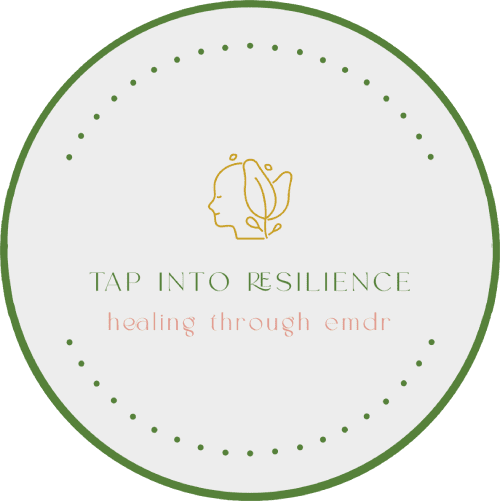Guidelines
- Grounding can be done any time, any place, anywhere and no one has to know
- Use grounding when you are: having a flashback, dissociating, craving a substance, triggered, or when your emotional pain goes above a 6 (on a 0-10 scale).
- Keep your eyes open, scan the room, and turn the light on to stay in touch with the present.
- Rate your mood before and after to test whether it worked. Before grounding, rate your level of emotional pain (0-10, where 10 means “extreme pain”). Then re-rate it afterwards. Has it gone down?
- No talking about negative feelings or journal writing. You want to distract away from negative feelings, not get in touch with them.
- Stay neutral - no judgments of “good” and “bad”. For example, “the walls are blue; I dislike blue because it reminds me of depression”. Simply say, “the walls are blue” and move on.
- Focus on the present, not the past or future.
- Note that grounding is not the same as relaxation training. Grounding is much more active, focuses on distraction strategies, and is intended to help extreme negative feelings. It’s believed to be more effective for PTSD than relaxation training.
Ways to Ground
Mental Grounding
- Describe your environment in detail using all your senses. For example, “the walls are white; there are five black chairs, there is a wooden bookshelf against the wall…” Describe the objects, sounds, textures, colors, smells, shapes, numbers, and temperature. You can do this anywhere. For example, “I’m on the bus. I’ll see the river soon. Those are the windows, This is the seat. The metal bar is silver…”
- Play a “categories” game with yourself. Try to think of “types of dogs”, “jazz musicians”, “states that begin with A”, “cars”, “TV shows”, “writers”, “sports”, “songs”, “the 50 states”.
- Do an age progression. If you have regressed to a younger age (e.g., 8 years old), you can slowly work your way back up (e.g., “I’m 9 now”; “I’m now 10”, “I’m now 11”...) until you are back to your current age.
- Describe an everyday activity in great detail. For example, describe a meal that you cook (e.g., First I peel the potatoes and cut them into quarters, then I boil the water, I make an herb marinade of oregano, basil, garlic, and olive oil…”)
- Imagine. Use an image; Glide along on skates away from your pain; change the TV channel to a better show; think of a buffer between you and your pain.
- Say a safety statement. ‘My name is _________; I am safe right now. I am in the present, not the past.
Physical Grounding
- Walking barefoot on grass, sand for at least 30 minutes
- Stand / swim in the ocean for at least 30 minutes
- Do something with your hands - knitting, gardening, washing dishes, stroking a pet, painting, chopping vegetables, throwing a ball
- Physical contact - get a massage, manicure, pedicure, facial, long hugs, dance classes
- Dance
Additional resources - https://www.betterup.com/blog/how-to-ground-yourself?hs_amp=true
